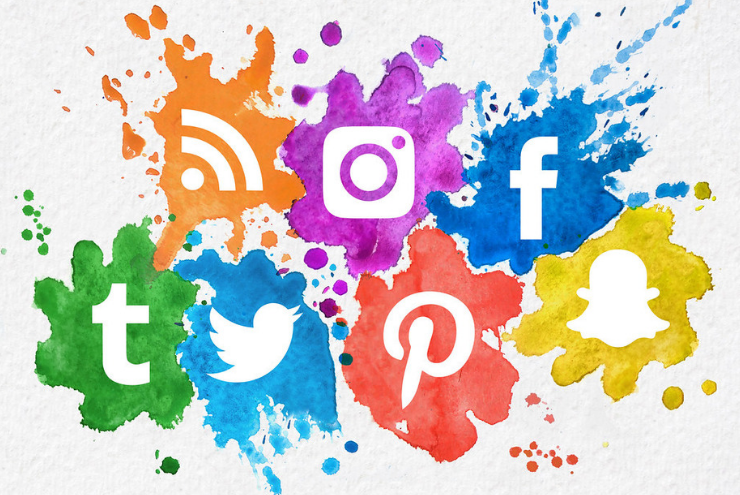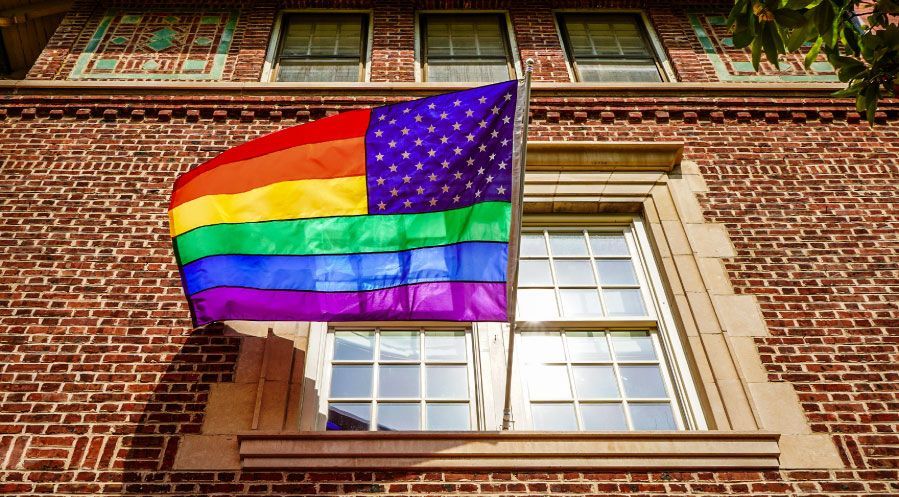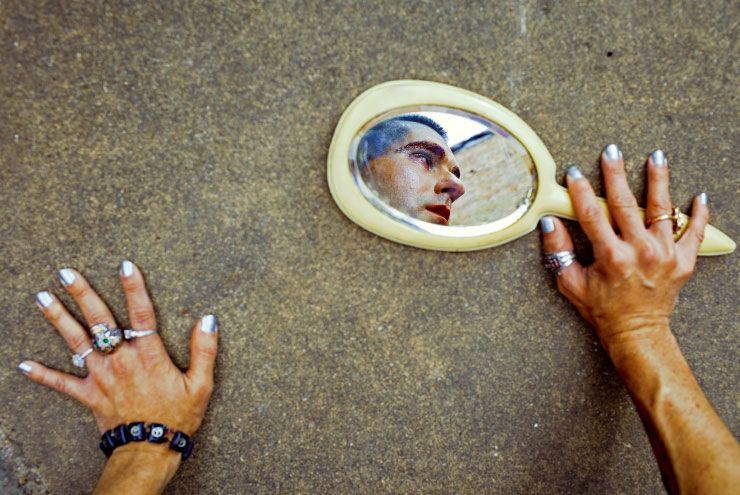By Joelle Bayaa-Uzuri
I grew up in a time before social media. As fantastical as it sounds, there was a time before social media existed, where all socializing happened live and in person. Relationships were developed through physical and organic interaction—the old-fashioned way of getting to know someone. Bonds were built slowly and solidified over time. But as social media platforms and apps have entered the scene over the last two decades, the ways we connect were transformed, shifting to focus on increasing immediacy in communication.
Many don’t remember the primitive forms of digital communication—the ones that came before the social media platforms of today. Emails were the first foray into communicating over the World Wide Web. Email opened the door for connecting with people anywhere in the world, the opportunity to stay in touch with those far away. Emails soon replaced hand-written letters as the preferred form of communication between people. But emails soon gave way to instant messenger (or I.M. for short). I.M. was a form of online messaging that was similar to text messaging on smart phones. By using I.M., people had a way to communicate with others while simultaneously surfing the Internet. You could message and have conversations with people in real time. The era of I.M.ing was accompanied by chat rooms, which served as a way to meet and connect with strangers, as well as friends and associates alike. The Internet, which had, up to this point, mostly been an information source, was becoming more and more about social interaction.
Social engagement and the Internet as we knew it changed in February 2004 with the launch of an innovative new platform—Facebook. What started out as a way for college students to connect, quickly revolutionized social interaction on a global level. Instagram then launched in October 2010, followed by Snapchat in September 2011. The era of social media was in full swing, and with it, came the opportunity to connect with like-minded folks across the world. Suddenly, marginalized people, including LGBTQ people, could meet and build community online. Social media became a safe space for expression—so much so that queer people now spend 35 percent more time online than their heterosexual counterparts.
But the bliss of instantaneous communication does not come without its downfalls. Social media’s appeal lies in the social validation it delivers to users. This isn’t just boomer mentality, either—it’s backed up by science. Whenever someone “likes” or comments on one of your posts, this triggers a hit of dopamine, a hormone and neurotransmitter that signals pleasure and reward to your brain. That little bit of dopamine leaves you wanting more, and thus you create more posts to garner more likes and comments, creating a social-validation loop. That cycle has led many to become addicted to social media and reliant on instant gratification and constant attention. This need, in turn, damages real life, person-to-person interaction, fueling feelings of isolation. Not to mention, seeking likes and accumulating followers can often lead to a false sense of self-esteem, self-worth, and social existence. Social media has also given rise to cyberbullying—something more than half of adults report experiencing over their lifetime—and comparison culture, which at times can lead to anxiety and depression among users.
So how do we combat these harmful effects? Well, the most effective way is to unplug from social media altogether. But if completely unplugging isn’t a realistic option (and we suspect it isn’t), limiting time on social media can also decrease social media anxiety. Try routinely taking a look at your friend lists and weeding out any content, people, or pages that make you feel inadequate, less than, or depressed. Instead of engaging in negative comment threads, try only interacting with the positive. But your greatest protection in our social media–dominated culture is to develop and maintain a sense of self on and offline. When you nourish your true identity, foster real relationships, and ground yourself in your own beliefs, the real you will not only emerge, but thrive.







